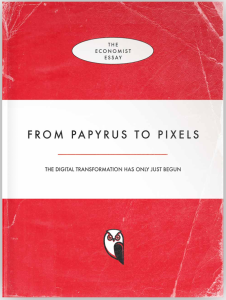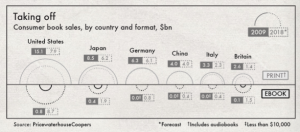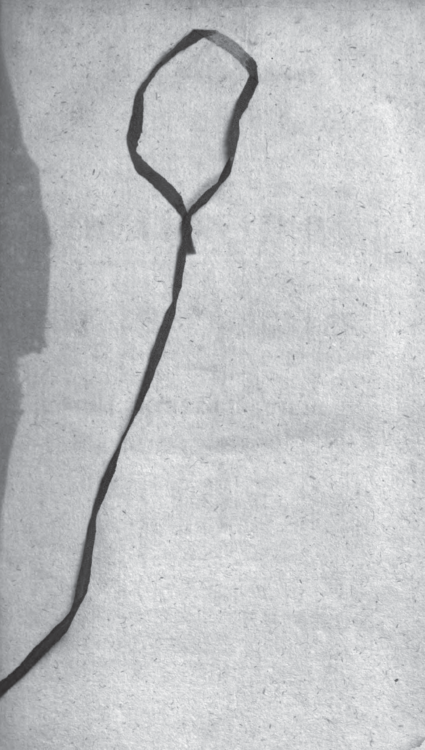On Monday I gave a talk at the German Institute for International Educational Research (DIPF) on:
Building Research Capacity Across the Humanities and Social Sciences: Social Innovation, Community Engagement and Citizen Science
The talk began with the sorry state of public support for the humanities. We frequently read how students shouldn’t major in the humanities because there are no jobs and we worry about dropping enrolments. The social contract between our publics (whose taxes pay for public universities) and the humanities seems broken or forgotten. We need to imagine how to re-engage the local and international communities interested in what we do. To that end I proposed that we:
- We need to know ourselves better so we can better present our work to the community. It is difficult in a university like the University of Alberta to know what research and teaching is happening in the social sciences and humanities. We are spread out over 10 different faculties and don’t maintain any sort of shared research presence.
- We need to learn to listen to the research needs of the local community and to collaborate with the community researchers who are working on these problems. How many people in the university know what the mayor’s priorities are? Who bothers to connect the research needs of the local community to the incredible capacity of our university? How do we collaborate and support the applied researchers who typically do the work identified by major stakeholders like the city. Institutes like the Kule Institute can help document the research agenda of major community stakeholders and then connect university and community researchers to solve them.
- We need to learn to connect through the internet to communities of interest. Everything we study is of interest to amateurs if we bother to involve them. Crowdsourcing or “citizen science” techniques can bring amateurs into research in a way that engages them and enriches our projects.
In all three of these areas I described projects that are trying to better connect humanities research with our publics. In particular I showed various crowdsourcing projects in the humanities ending with the work we are now doing through the Text Mining the Novel project to imagine ways to crowdsource the tagging of social networks in literature.
One point that resonated with the audience at DIPF was around the types of relationships we need to develop with our publics. I argued that we have to learn to co-create research projects rather than “trickle down” results. We need to develop questions, methods and answers together with community researchers rather think that do the “real” research and then trickle results down to the community. This means learning new and humble ways of doing research.


